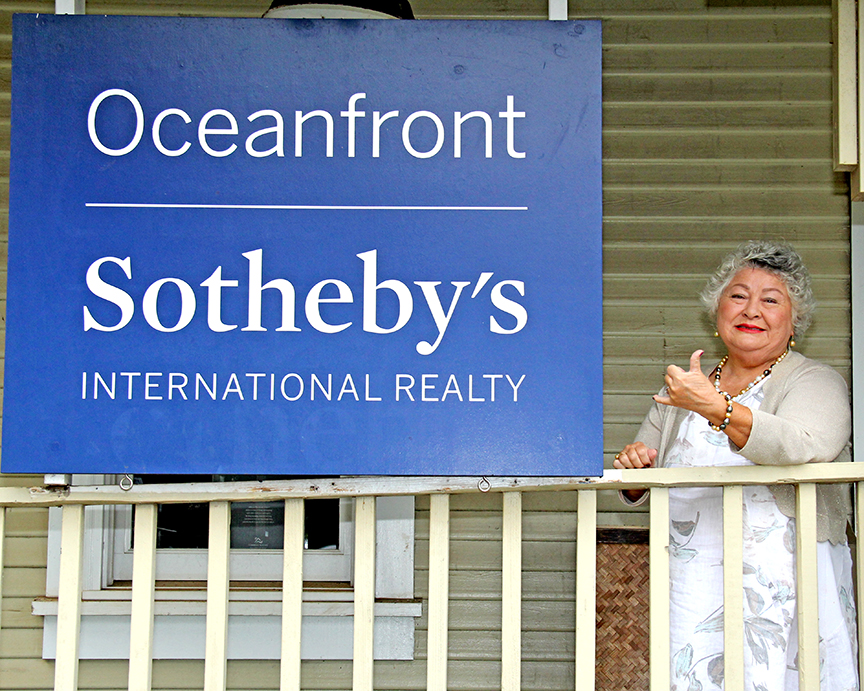If you’re on a diet of burger and fries, or spam and rice, or even a steak and potatoes—your doctor will tell you that’s got to change.
There are detailed guides on how to eat healthy, and we’ll review a few of them here, but one takeaway is that if you’re at a one of the excellent farmer’s markets on Kaua`i and see something you’ve never seen before, ask about it, buy it, and try it. If a restaurant offers a condiment you’ve never tried, order it.
Chances are it will be a fruit or vegetable, and all the latest evidence is that virtually nobody eats enough of them, or enough different ones.
There’s mounting evidence of the importance of browsing as opposed to grazing. Browsing is munching a little of this, a little of that. Grazing—the word comes from the same root as grass—is about focusing on one thing.
Even the outdated Food Pyramid many of us learned in school had some diversity: Every day, eat some grains, some veggies, some fruits, milk products, meat and beans.
The U.S. Department of Agriculture (USDA) in 2005 updated the pyramid. Now they called it MyPyramid. Make some of the grains whole grains, eat veggies but vary your veggies and make more of them dark green and orange, eat fruits any way you can but not so much juice, think nut and vegetable oils more than butter and margarine, for dairy think low-fat, and in the meats and beans category add fish, nuts, poultry and eggs to the mix.
Another change in 2011 brought about USDA’s MyPlate, among whose recommendations were to make fruits and vegetables half your intake, and keep meat lean.
Last year, Harvard’s School of Public Health released its own nutritional guide, the Healthy Eating Plate. Why? Because they felt that the USDA had blended a little too much corporate agriculture into its nutritional advice.
“MyPlate mixes science with the influence of powerful agricultural interests, which is not the recipe for healthy eating,” said Harvard Department of Nutrition chair.
The Harvard plate calls for browsing. It’s a recipe for diversity. You can find out about it by searching for Harvard Healthy Eating Plate. Here are some outtakes.
Vegetables in large amounts and great variety; a rainbow of fruits daily; not refined but whole grains (brown rice, whole wheat, oats); olive and canola and other plant oils in cooking and salad dressing; and not so much dairy; drink water, and lightly or unsweetened tea and coffee, and limit yourself to a glass or two of milk, and even less juice.
Our Hawaiian diets tend to find us plenty of questionable dietary choices, so we need to go out of our way to overturn the diet cart. An apple a day is not sufficient, and 6 apples a day doesn’t do it, either.
But at most of the Kaua`i farmer’s markets you can find an orange, a mango, a banana, a papaya, even a pomelo.
Now we’re having fun.
Discover more from ForKauaiOnline
Subscribe to get the latest posts sent to your email.





Leave a Reply